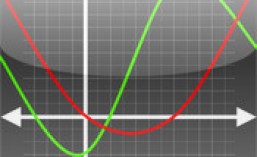Edelson, D.C. (2001). Learning-for-use: A framework for the design of technology-supported inquiry activities. Journal of Research in Science Teaching,38(3), 355-385.
Based on the reading, what broader educational challenges have provoked the author to do this research?
Edelson recognizes that the traditional approach to education in general and science in particular is an emphasis on memorization and repeating back facts and figures. This, however, leads t a shallow understanding. Edelson feels that in an inquiry learning model, students develop deep, content knowledge and inquiry skills through activities that incorporate authentic forms of scientific inquiry. This inquiry-based pedagogy is embodied by the. Also, there is a need for connection between science and computers/technology which can assist in many of the inquiry-based activities including data collection, data analysis, modeling, and the communication of results in scientifc research. Recent National Science Standards invite teachers to focus o inquiry learning to foster deeper and more robust conceptual understandings through firsthand use of authentic scientific practice (p.355).
What is the author’s theory of learning?
Edelson focuses on multiple theories of learning in his article. Inquiry-based constructivism seems to be at the core of much of his approach. The authentic practice of actual scientific observations, and creating a desire or motivation to learn further are based in situated theories of Cognition. Edelson indicates that “motivation must precede construction, and to insure accessibility and applicability, refinement must follow construction” (Edelson, 2000, p.359).
4 principles
(Edelson, 2000, p.357).
1. Learning takes place through the construction and modifcation of knowledge structures.
2. Knowledge construction is a goal-directed process that is guided by a combination of
conscious and unconscious understanding goals.
3. The circumstances in which knowledge is constructed and subsequently used determine
its accessibility for future use.
4. Knowledge must be constructed in a form that supports use before it can be applied.
3 steps
(Edelson, 2000, p.358-359).
Motivation: Experiencing the Need for New Knowledge. (create demand and elicit curiosity)
Knowledge Construction: Building New Knowledge Structures. (observe and communication)
Knowledge Refinement: Organizing and Connecting Knowledge Structures.(reflect and apply)
